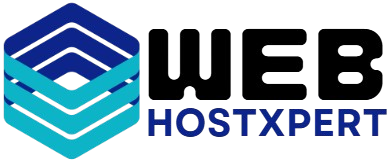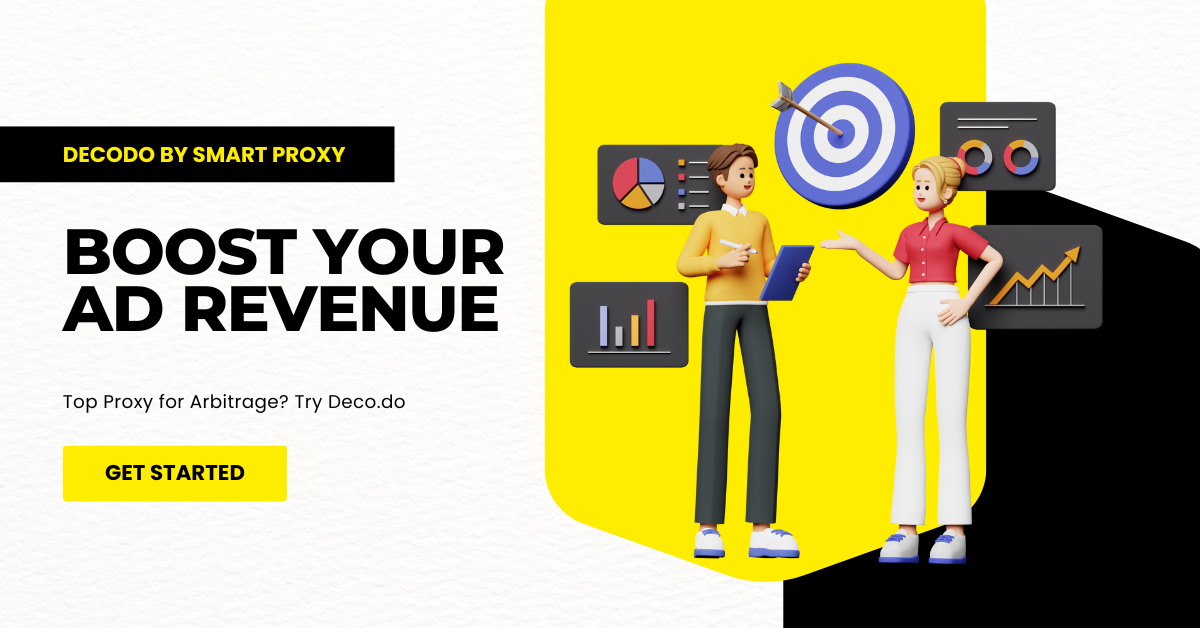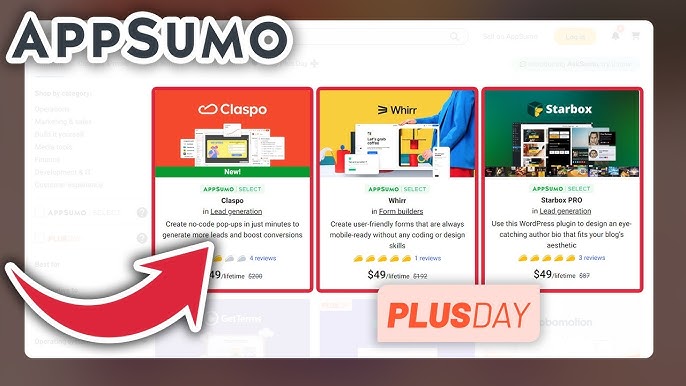An intuitive dashboard can transform how you handle data. It simplifies complex information, making it easy to understand at a glance.
In today’s fast-paced world, having an intuitive dashboard is crucial. It streamlines data presentation, helping you make informed decisions quickly. Whether you’re running a business, managing a project, or analyzing personal data, a user-friendly dashboard can be your best tool.
It offers clear visuals, easy navigation, and real-time updates. This means you spend less time searching for information and more time acting on it. Let’s explore what makes these features so vital and how they can benefit you in everyday tasks.
Introduction To Intuitive Dashboards
Intuitive dashboards are essential for understanding data quickly and effectively. They offer a user-friendly way to present information in a clear manner. This makes it easier to make informed decisions based on data insights.
Importance Of Data Visualization
Data visualization helps users grasp complex information swiftly. Visual elements like charts and graphs simplify the data. This leads to quicker comprehension and better decision-making. Visual representations also make trends and patterns more visible. This can reveal insights that raw data alone might hide.
Key Elements Of An Intuitive Dashboard
An intuitive dashboard includes several key elements. First, it must have a clean and simple design. Cluttered dashboards overwhelm users and hinder understanding. Second, it needs interactive features. These allow users to explore data deeply.
Third, clear labels and legends are crucial. They help users understand what each element represents. Fourth, real-time data updates keep information current. This ensures decisions are based on the latest data. Finally, customizable views cater to different user needs. This enhances the overall user experience.

Credit: www.appviewx.com
User-friendly Interface
A user-friendly interface is crucial for an intuitive dashboard. It makes the experience simple and enjoyable. Users can quickly find and understand the information they need.
Simplified Navigation
Simplified navigation is the backbone of any user-friendly interface. It ensures users can move through the dashboard with ease.
- Clear menus
- Logical layout
- Consistent design
A clear menu structure helps users locate sections quickly. Logical layouts guide users to important areas without confusion. Consistent design maintains a uniform look and feel.
Interactive Elements
Interactive elements enhance engagement and usability. They make the dashboard more dynamic and interactive.
- Clickable buttons
- Hover effects
- Draggable widgets
Clickable buttons direct users to important functions. Hover effects provide immediate feedback. Draggable widgets allow users to customize their view.
| Feature | Description |
|---|---|
| Clear Menus | Easy to understand and navigate |
| Logical Layout | Sections are organized logically |
| Consistent Design | Uniform look and feel |
| Clickable Buttons | Direct users to important functions |
| Hover Effects | Provide immediate feedback |
| Draggable Widgets | Allow customization |
Customizable Widgets
Customizable widgets are a vital feature of intuitive dashboards. They offer flexibility and control over the data you see. Users can tailor their dashboard experience to meet specific needs. This customization enhances productivity and efficiency.
Drag-and-drop Functionality
Drag-and-drop functionality simplifies widget management. Users can easily move widgets around the dashboard. This feature allows quick adjustments without any technical skills. It saves time and effort, making the dashboard more user-friendly.
Personalized Layouts
Personalized layouts enable users to design their dashboards. Each user can arrange widgets based on their preferences. This customization ensures that the most important information is always visible. It helps users to stay focused on relevant data.
Credit: ec.europa.eu
Real-time Data Updates
Real-time data updates are vital for modern dashboards. They provide instant access to current information. This helps in making quick decisions. They improve efficiency and accuracy. Companies can respond faster to changes. Below, we discuss some key features of real-time data updates.
Live Data Feeds
Live data feeds are essential. They continuously update information. Users see the latest data without refreshing. This ensures they are always informed. It helps in tracking trends and spotting issues. Live data feeds save time and reduce errors. They make data management easier.
Instant Alerts
Instant alerts notify users of significant changes. They provide immediate updates on critical metrics. Users can set custom alerts based on their needs. This ensures they never miss important information. Instant alerts help in taking quick actions. They improve responsiveness and decision-making.
Advanced Filtering Options
Advanced filtering options are essential for an intuitive dashboard. They allow users to sift through vast amounts of data quickly. These features enhance user experience by providing more control and precision. With advanced filtering, users can find specific data points effortlessly. This section will explore dynamic search and data segmentation.
Dynamic Search
Dynamic search enables users to find information rapidly. It updates results in real-time as users type. This feature reduces the time spent searching for specific data. Users can see relevant results instantly. It helps in making quicker decisions based on current data.
Data Segmentation
Data segmentation allows users to categorize information. Users can break down data into smaller, more manageable parts. This makes it easier to analyze trends and patterns. Segmentation provides a clearer view of the data landscape. It helps users focus on specific areas of interest.
Data Integration
Data integration is essential for an intuitive dashboard. It brings all your data into one place. This makes it easy to analyze and understand. Let’s look at how multiple data sources and seamless API connections improve data integration.
Multiple Data Sources
With multiple data sources, you can pull in data from different places. This includes databases, spreadsheets, and cloud services. Combining these sources gives a full view of your operations. You can track sales, monitor inventory, and analyze customer behavior, all in one dashboard.
Seamless Api Connections
Seamless API connections make data integration smooth and efficient. APIs link your dashboard to various services. This allows real-time data updates. You don’t need to manually input data. The system does it for you. This saves time and reduces errors. Your dashboard always shows the latest information.
Visual Analytics Tools
Visual analytics tools transform raw data into understandable insights. These tools help users make informed decisions quickly. In this section, we explore the features of visual analytics tools. We will discuss charts and graphs, heatmaps, and geomaps.
Charts And Graphs
Charts and graphs are essential for data visualization. They make complex data simple. Here are some common types:
- Bar Charts: Compare different groups easily.
- Line Graphs: Show trends over time.
- Pie Charts: Display data proportions clearly.
- Scatter Plots: Highlight relationships between variables.
These visual aids help users spot patterns quickly. They improve data comprehension.
Heatmaps And Geomaps
Heatmaps and geomaps provide spatial data insights. They use color to show data intensity. Here are their benefits:
- Heatmaps: Identify areas with high activity.
- Geomaps: Show data distribution across locations.
Heatmaps help users find hotspots. Geomaps display geographic trends. Both tools make data analysis faster and more intuitive.

Credit: stockcake.com
Security And Privacy
Security and privacy are paramount in today’s digital age. With intuitive dashboard features, protecting user data is essential. Below, we delve into key aspects ensuring your data remains secure.
Data Encryption
Data encryption is a critical feature in any dashboard. It ensures that data remains safe during transmission and storage. Encrypted data is unreadable without the decryption key, safeguarding it from unauthorized access.
Most dashboards use SSL/TLS protocols for encryption. These protocols secure data exchange between users and servers. Here’s a quick look at its benefits:
- Maintains data integrity
- Prevents data breaches
- Ensures compliance with regulations
User Access Controls
User access controls manage who can view or edit data. They are vital for maintaining security and privacy in a dashboard.
Here are common features of user access controls:
- Role-based access: Assign roles like admin, editor, or viewer.
- Permission levels: Set specific permissions for different data sections.
- Two-factor authentication: Add an extra layer of security with a second verification step.
Implementing these controls helps in minimizing risks. It ensures that only authorized users have access to sensitive information.
| Feature | Benefit |
|---|---|
| Data Encryption | Protects data integrity and confidentiality |
| User Access Controls | Restricts access to authorized users only |
Future Trends In Dashboard Design
Future trends in dashboard design continue to evolve rapidly. These trends focus on making data visualization more user-friendly and accessible. As technology advances, new features are integrated into dashboards to enhance user experience. Let’s explore some of the key trends shaping the future of dashboard design.
Ai And Machine Learning Integration
AI and machine learning are transforming dashboard design. These technologies help in predicting user needs and providing relevant data insights. AI-driven dashboards can analyze user behavior and adapt to their preferences. This makes data interpretation easier and more efficient. Machine learning algorithms can also identify patterns and anomalies in data. This helps users make informed decisions quickly.
Enhanced Mobile Accessibility
Mobile accessibility is a crucial trend in dashboard design. More people use mobile devices to access data on the go. Modern dashboards are now optimized for mobile use. This ensures a seamless experience across all devices. Mobile-friendly dashboards are responsive and easy to navigate. They provide real-time updates, making it convenient for users to stay informed. Enhanced mobile accessibility allows users to interact with data anytime, anywhere.
Frequently Asked Questions
What Is An Intuitive Dashboard?
An intuitive dashboard is user-friendly and easy to navigate. It displays data clearly, helping users make informed decisions quickly.
How Do Intuitive Dashboards Improve Productivity?
Intuitive dashboards streamline data visualization and analysis. They reduce the time spent on data interpretation, boosting overall productivity.
What Features Make A Dashboard Intuitive?
Key features include a clean layout, easy navigation, real-time updates, and customizable widgets. These elements enhance user experience.
Why Are Real-time Updates Important In Dashboards?
Real-time updates provide the most current data. This ensures decisions are based on the latest information, improving accuracy.
Conclusion
Intuitive dashboard features make data easier to understand. They help users make quick decisions. Simple designs reduce confusion. Clear visuals show important information at a glance. These features save time and improve efficiency. They also enhance user experience. With the right tools, anyone can benefit.
No complex training needed. Just straightforward, user-friendly dashboards. Embrace these features for better results.





